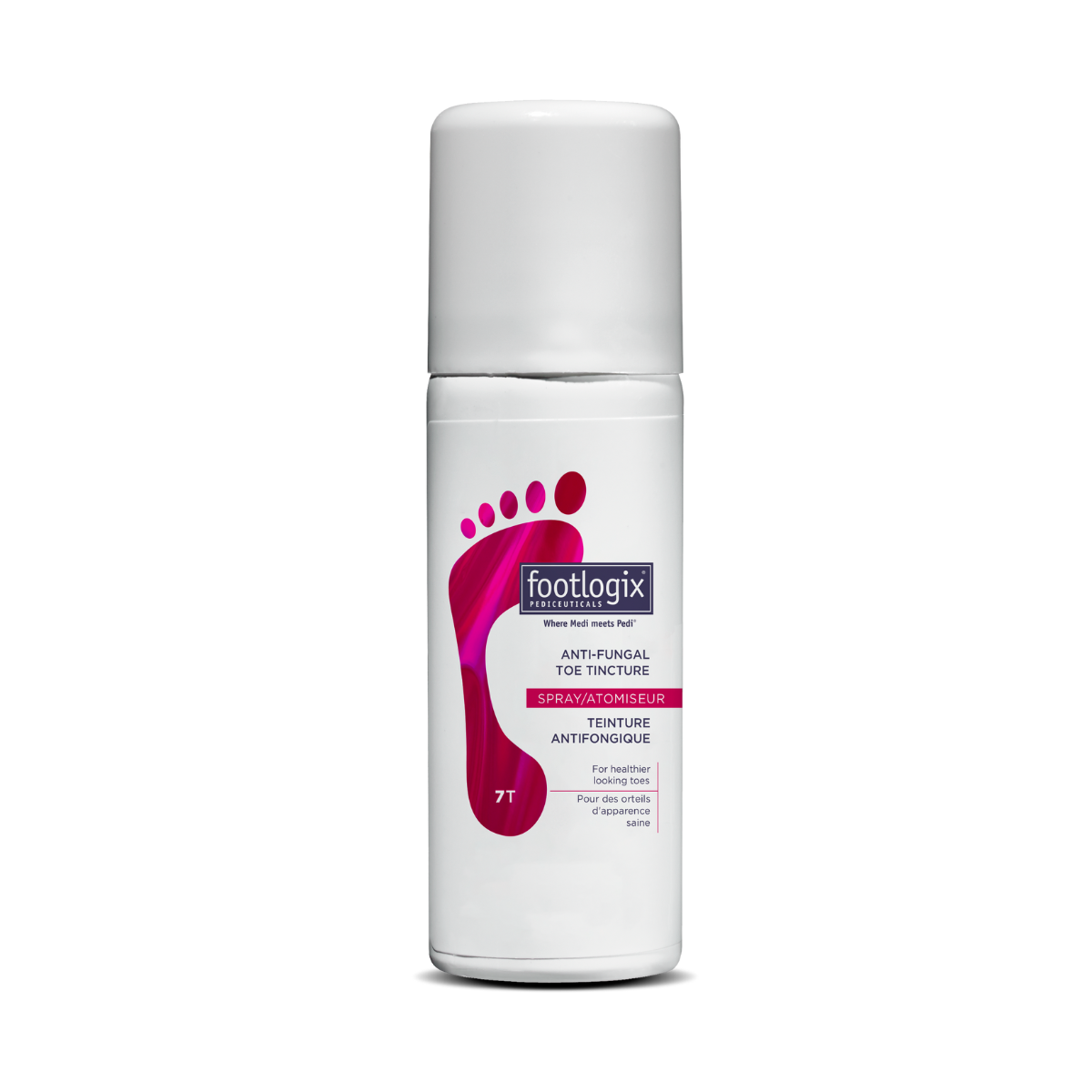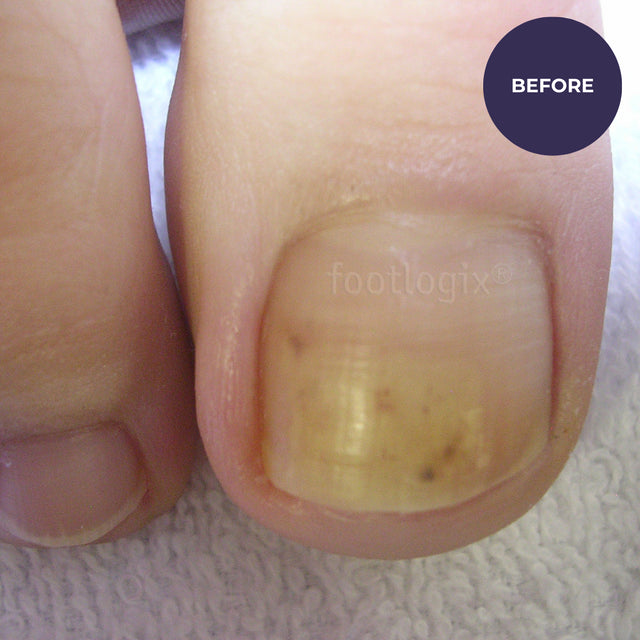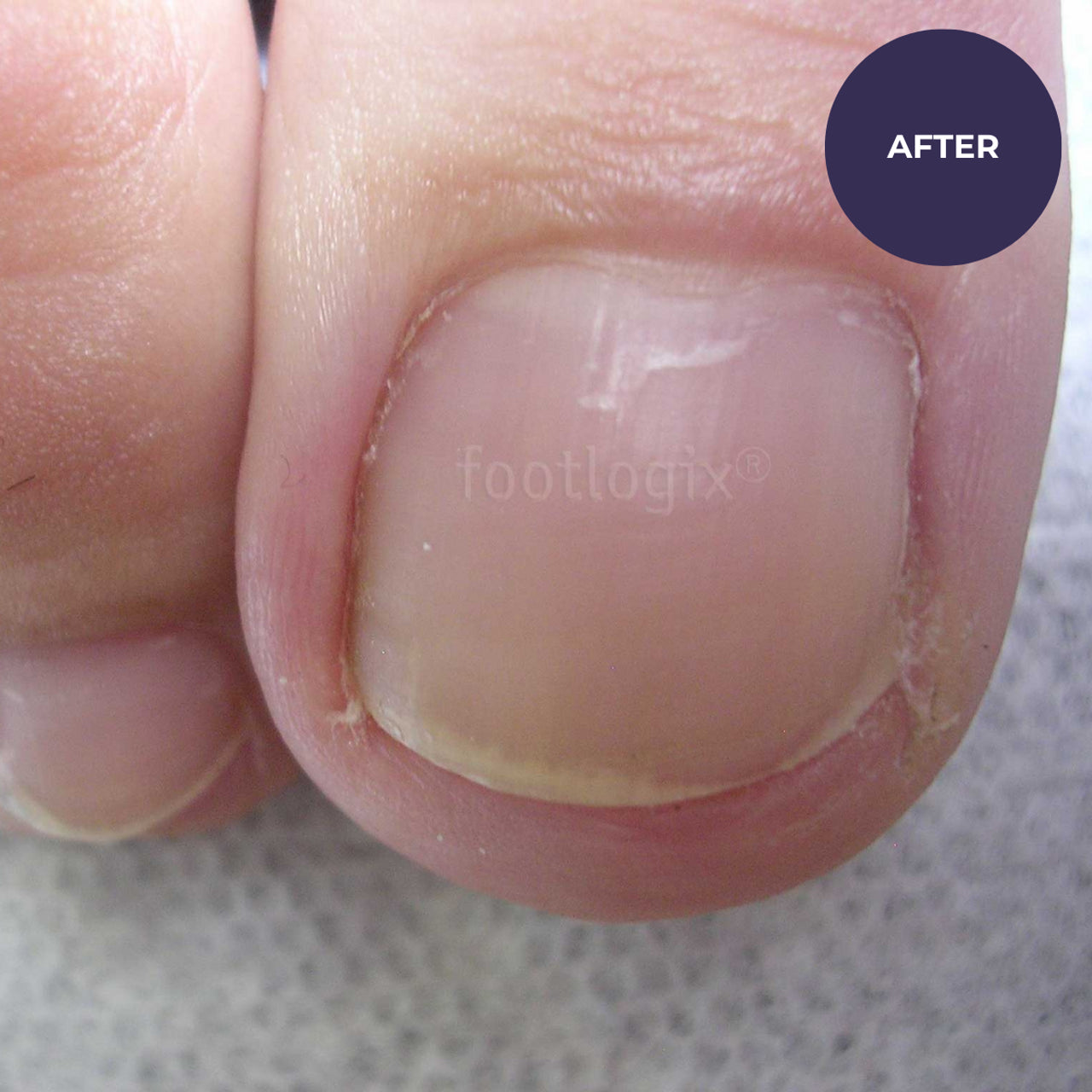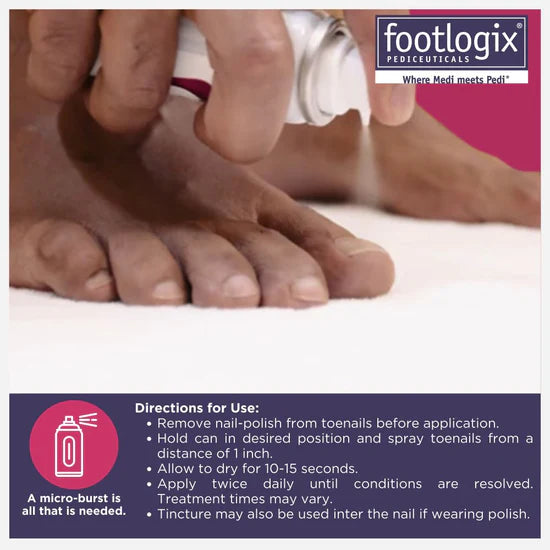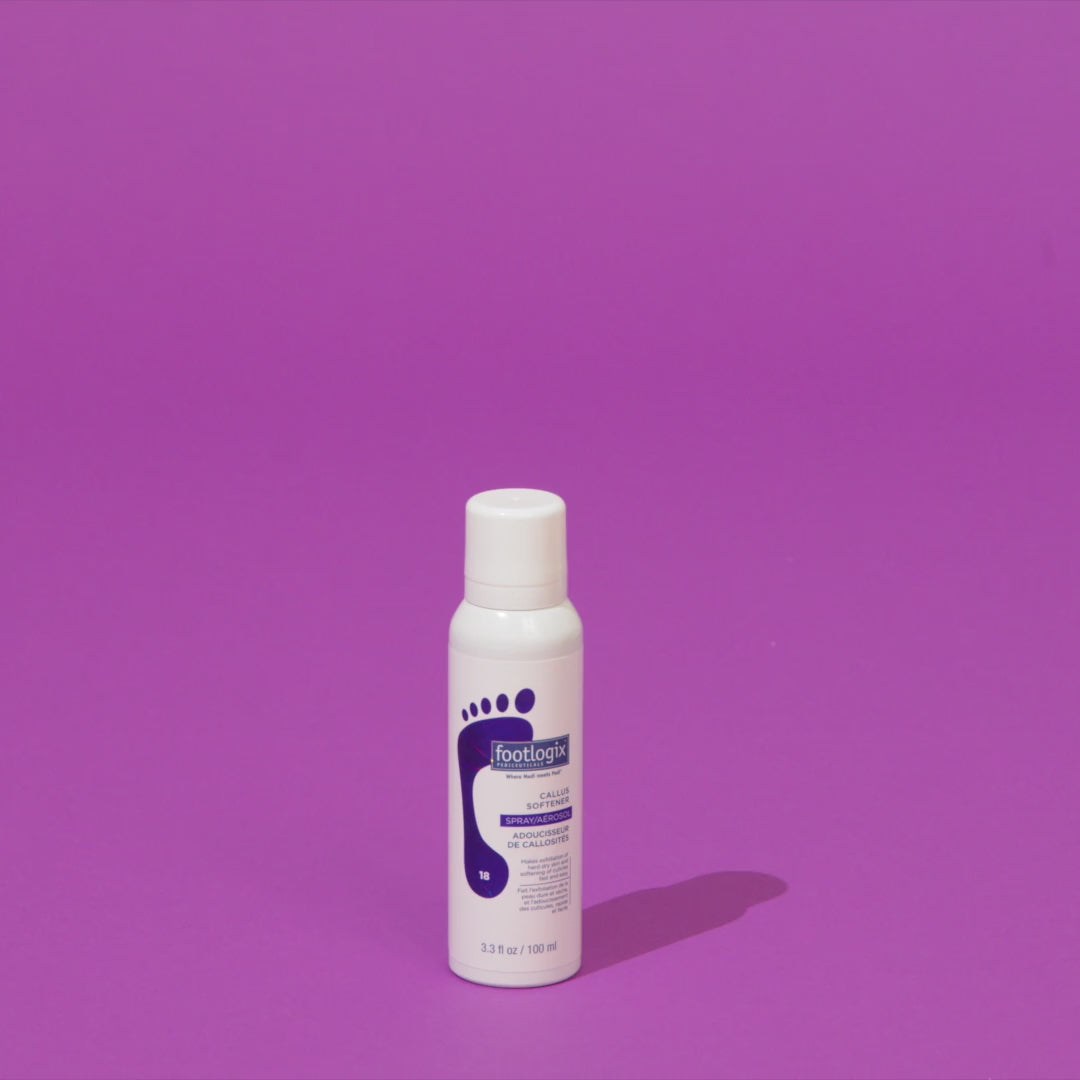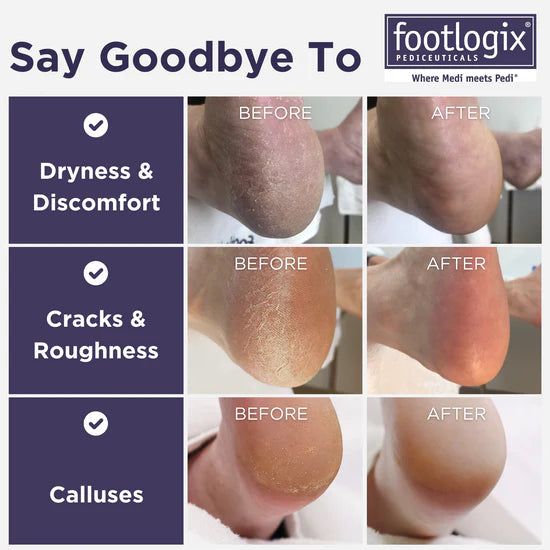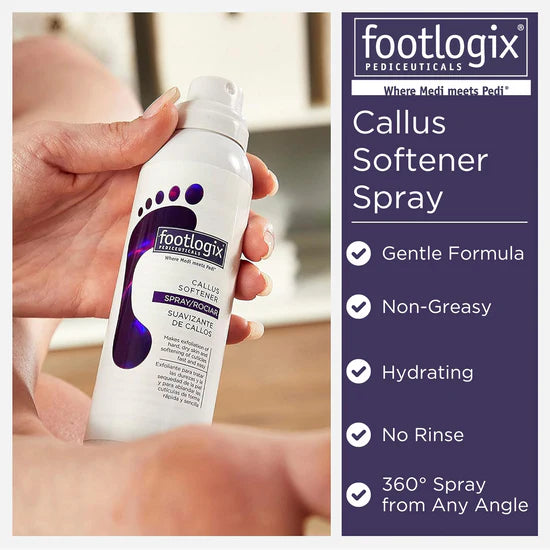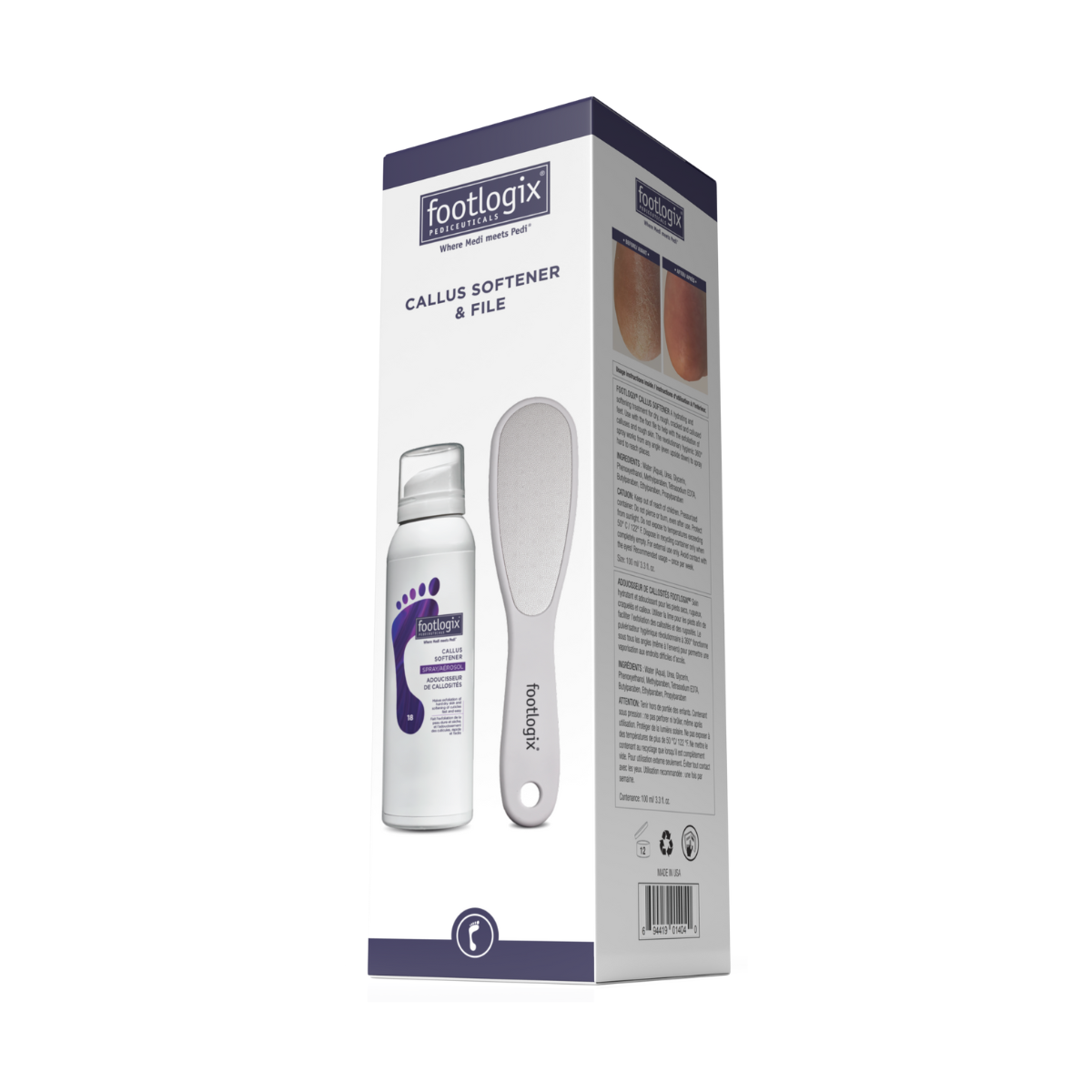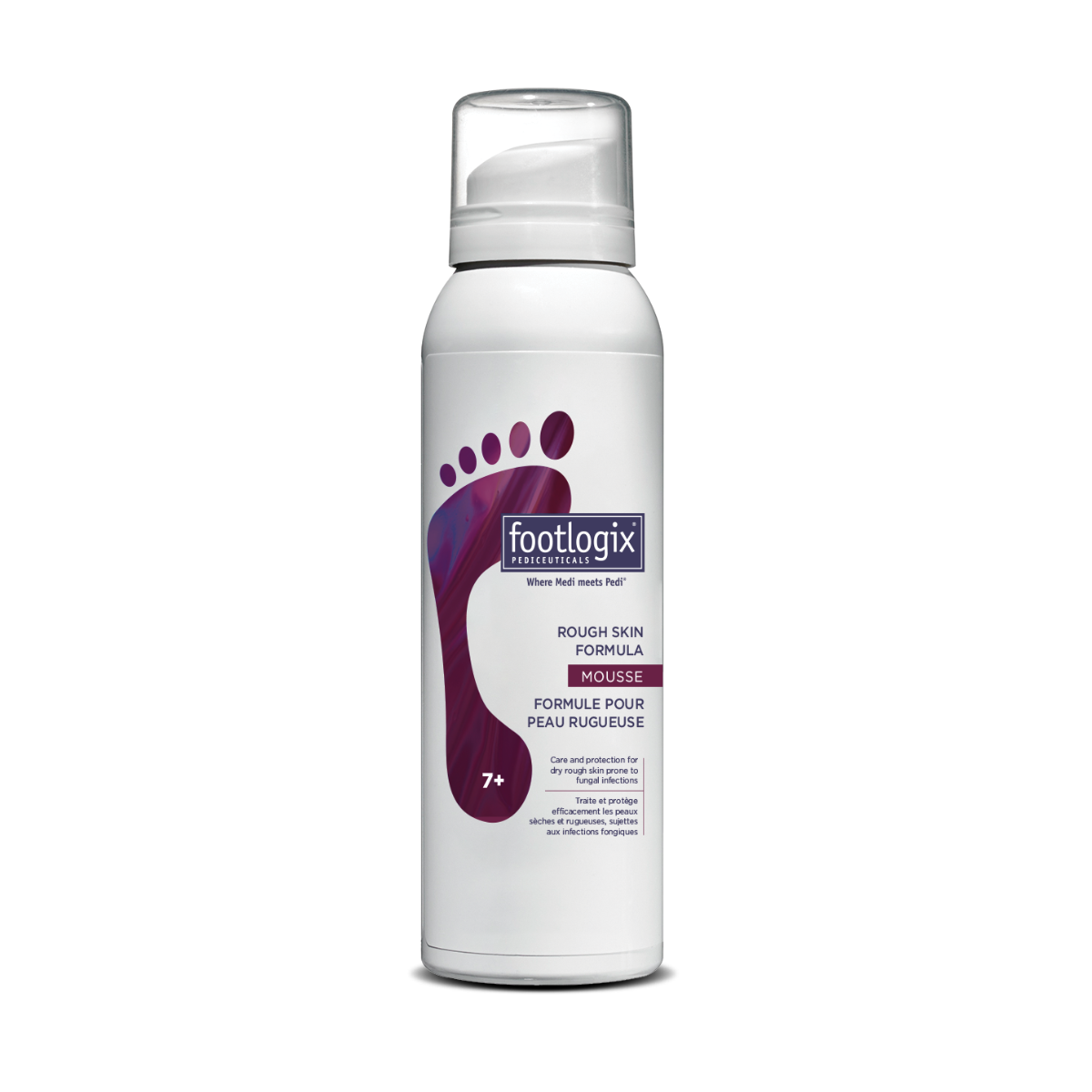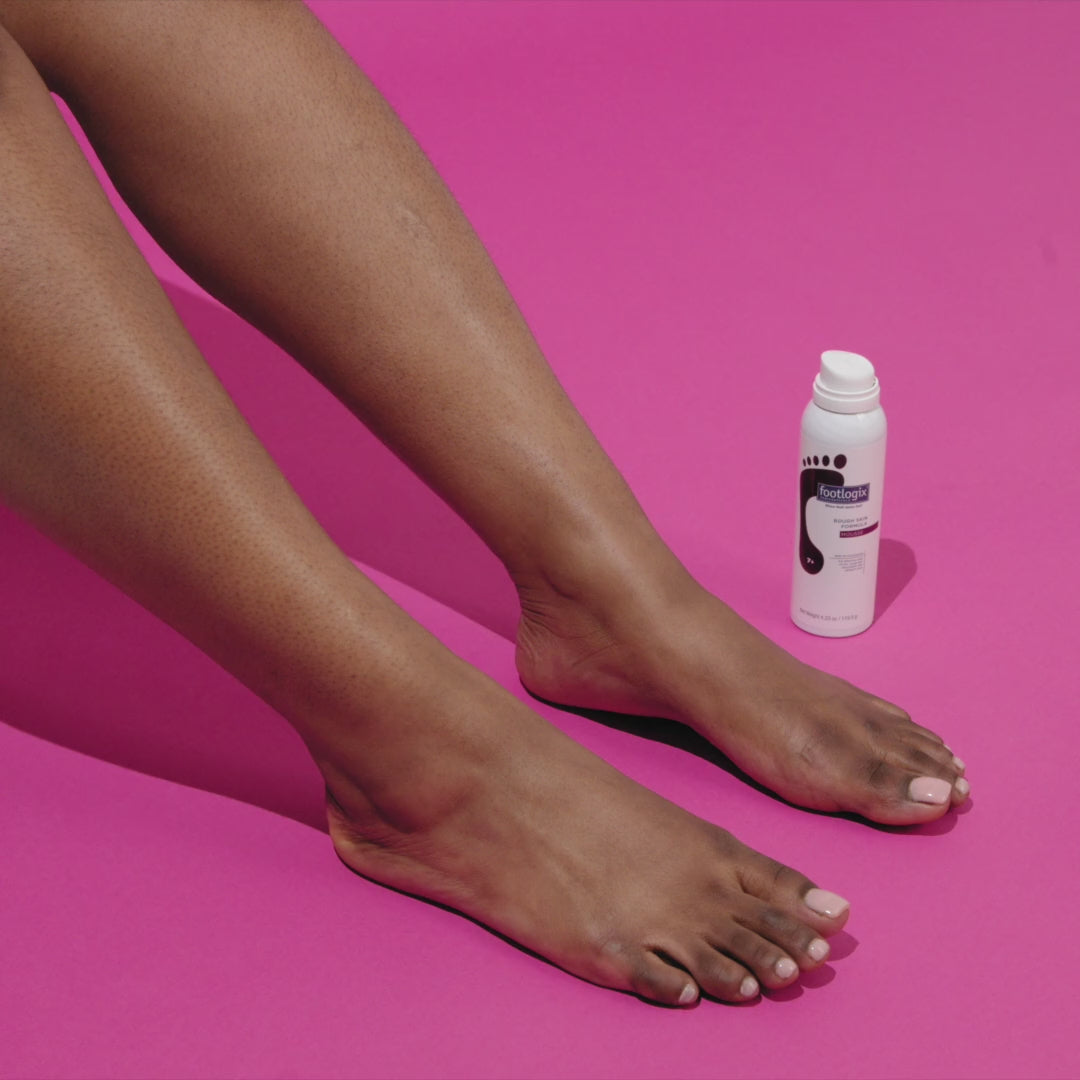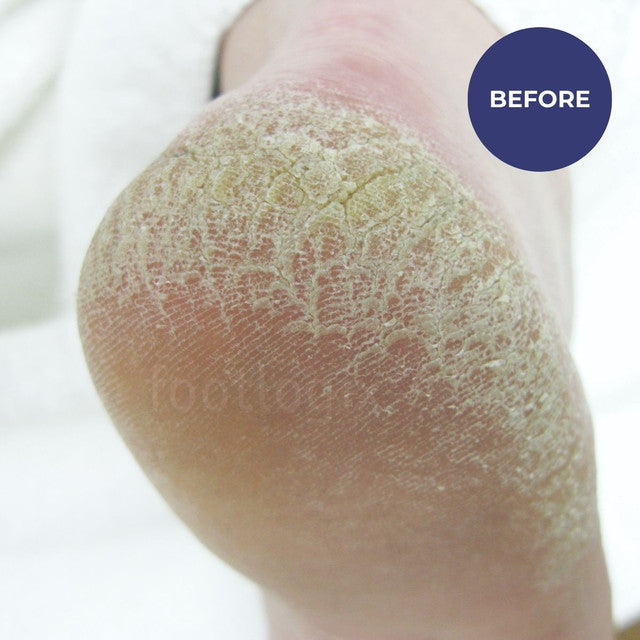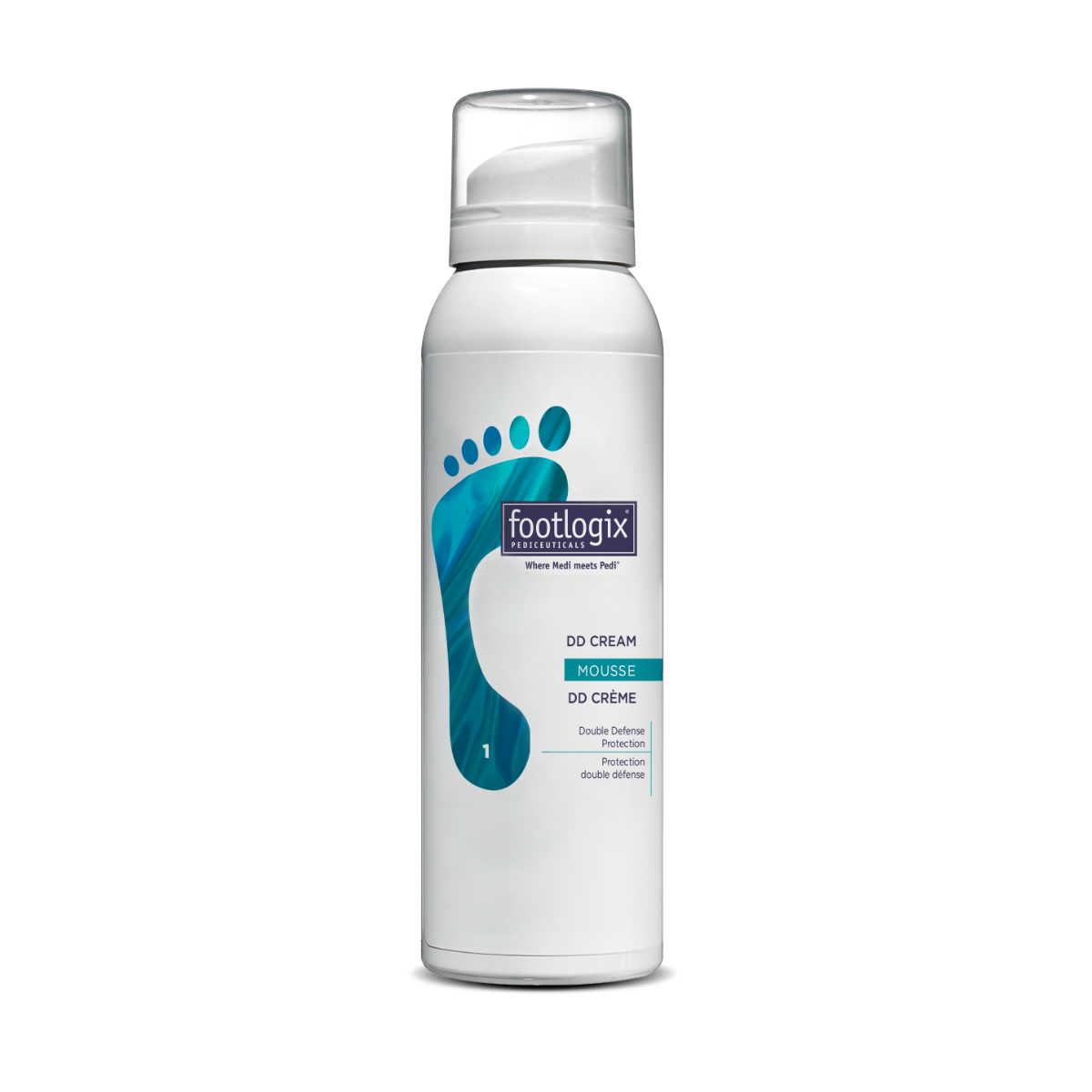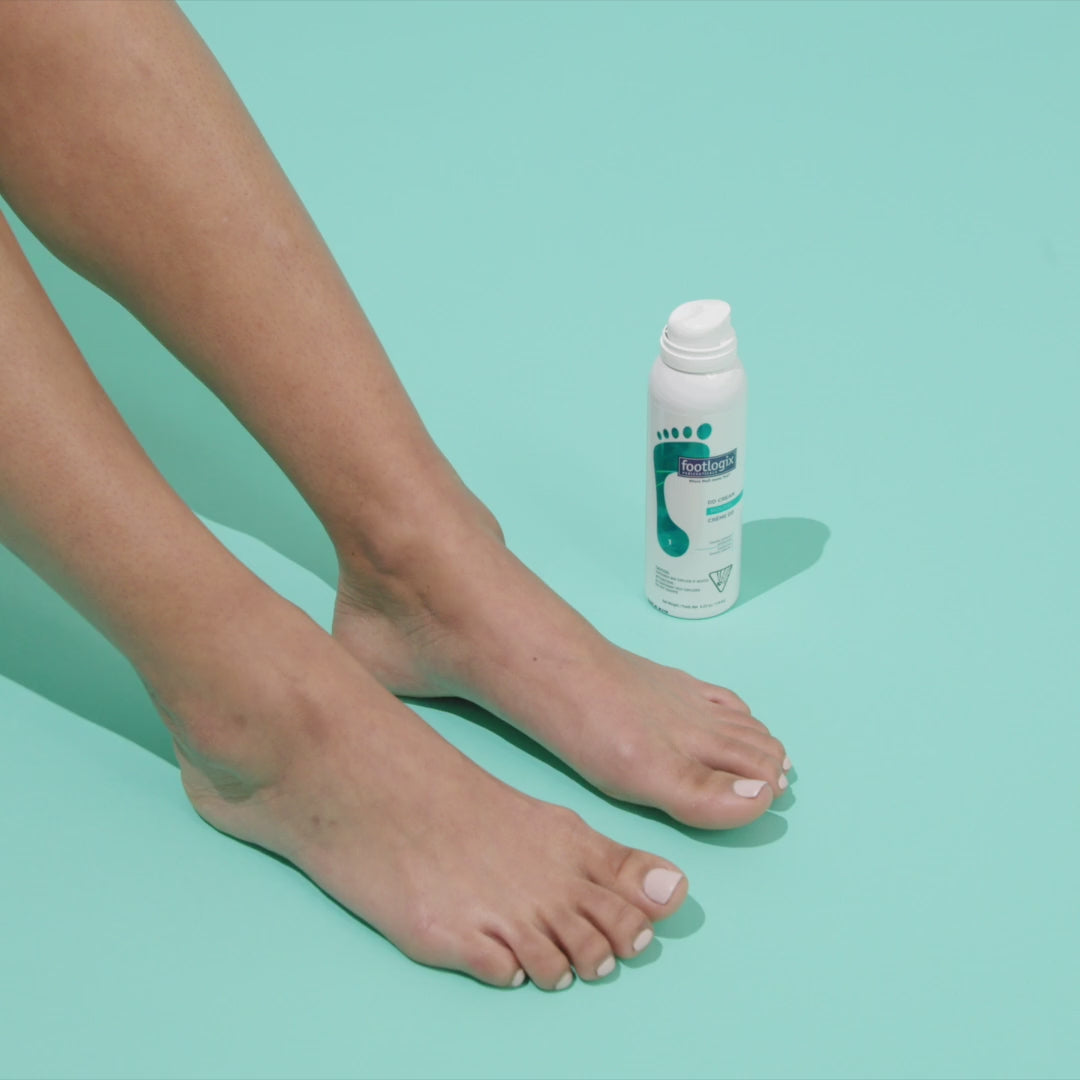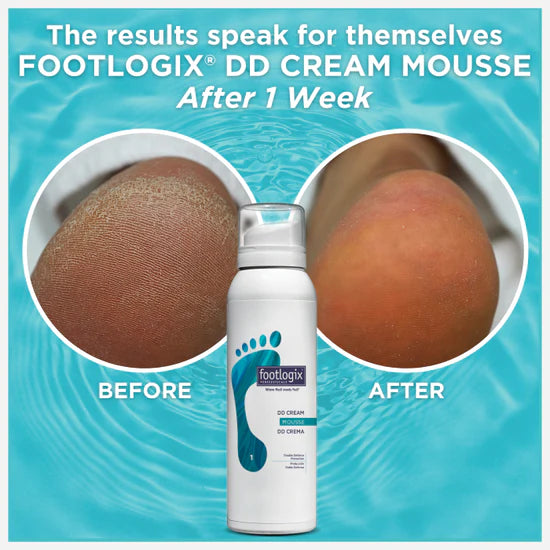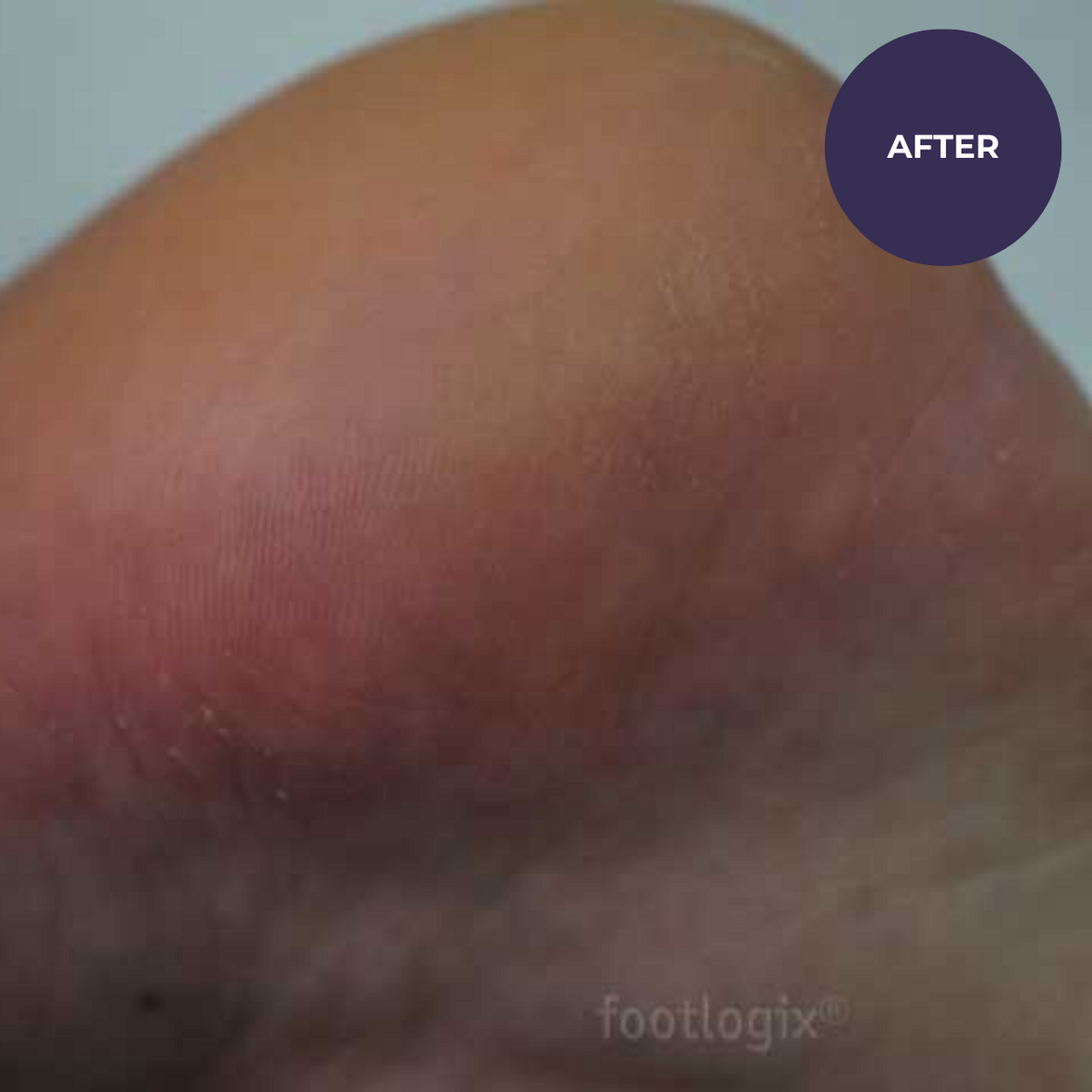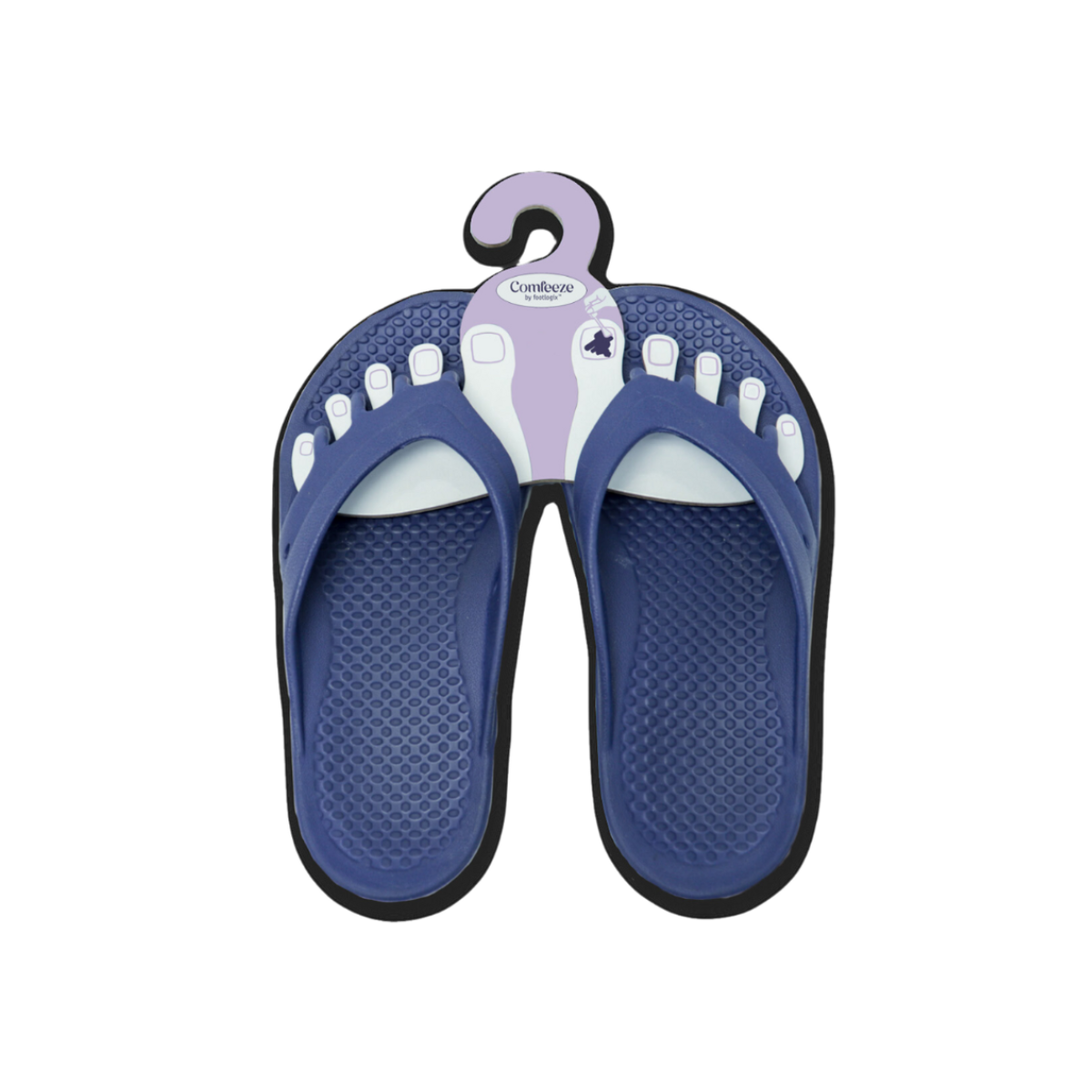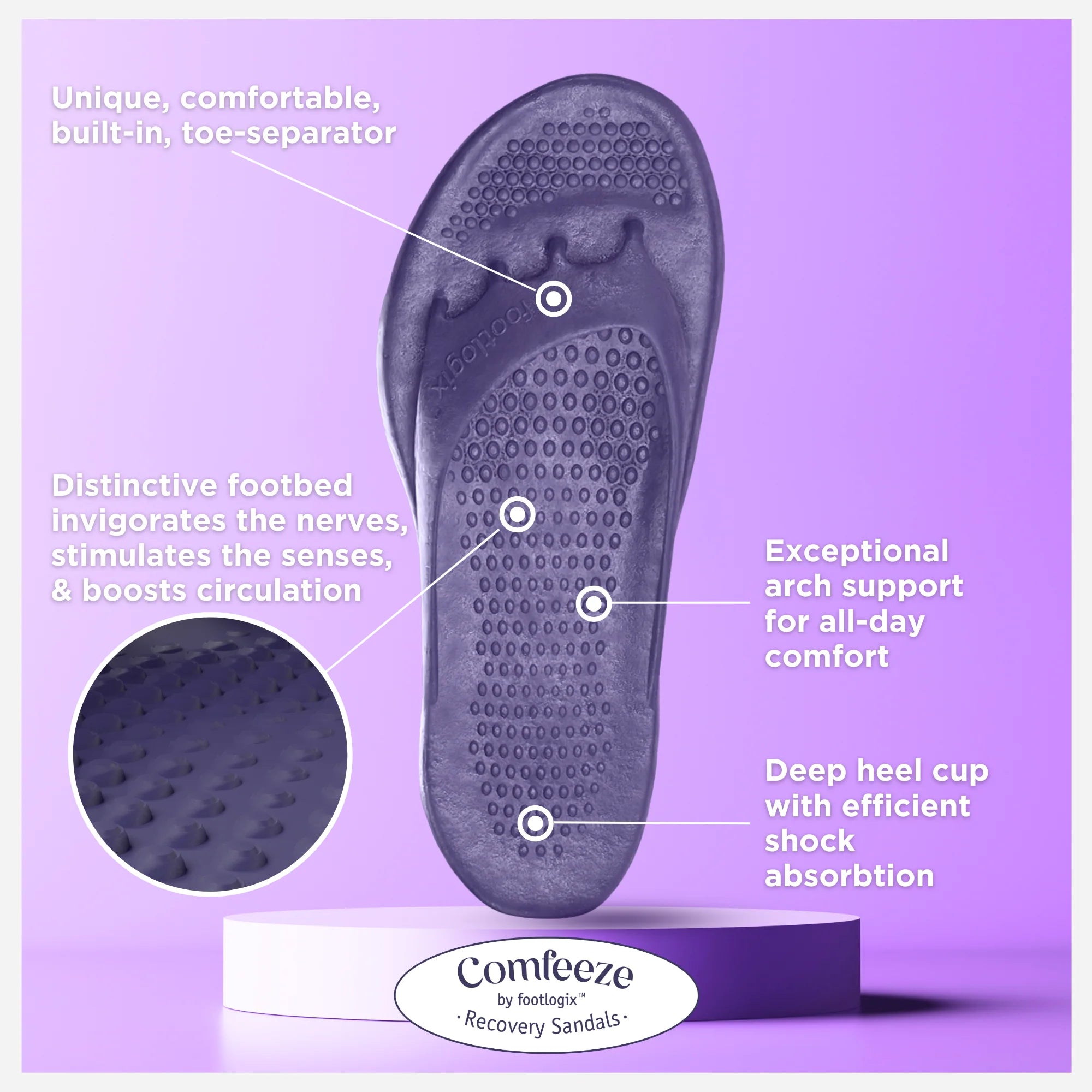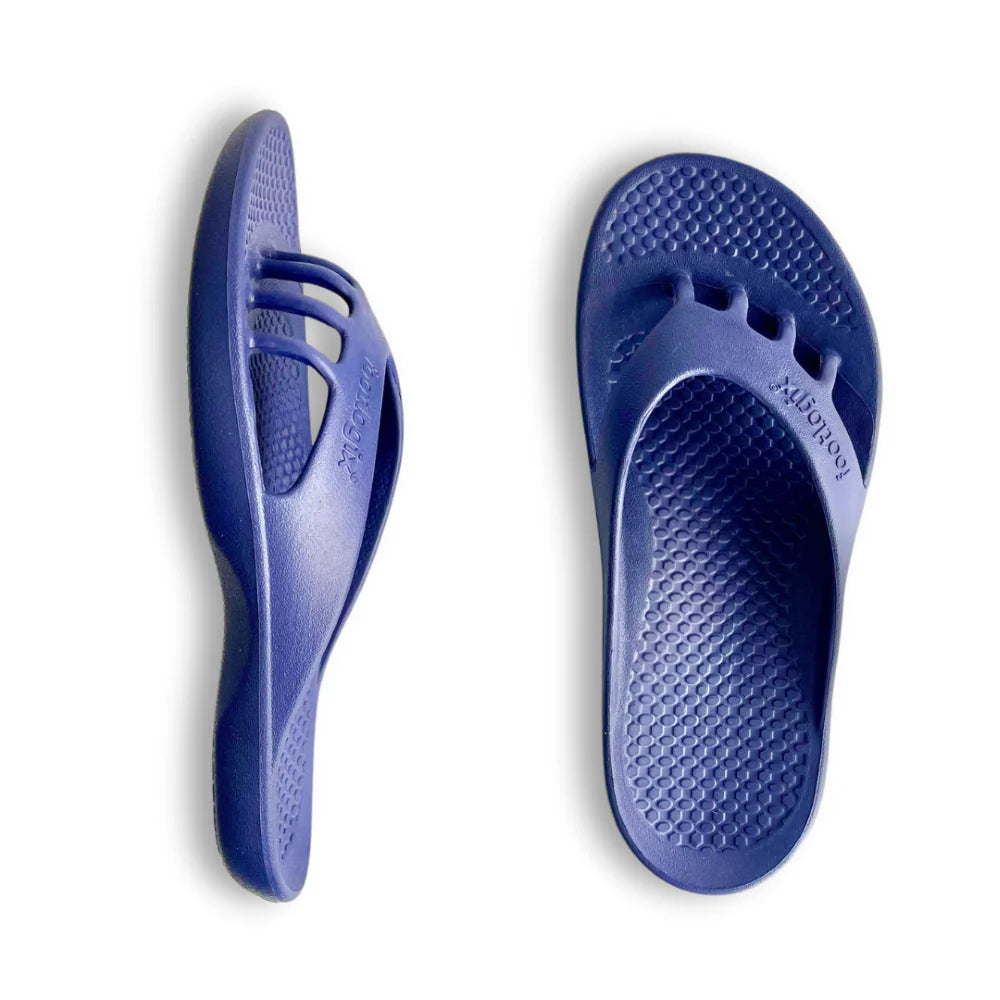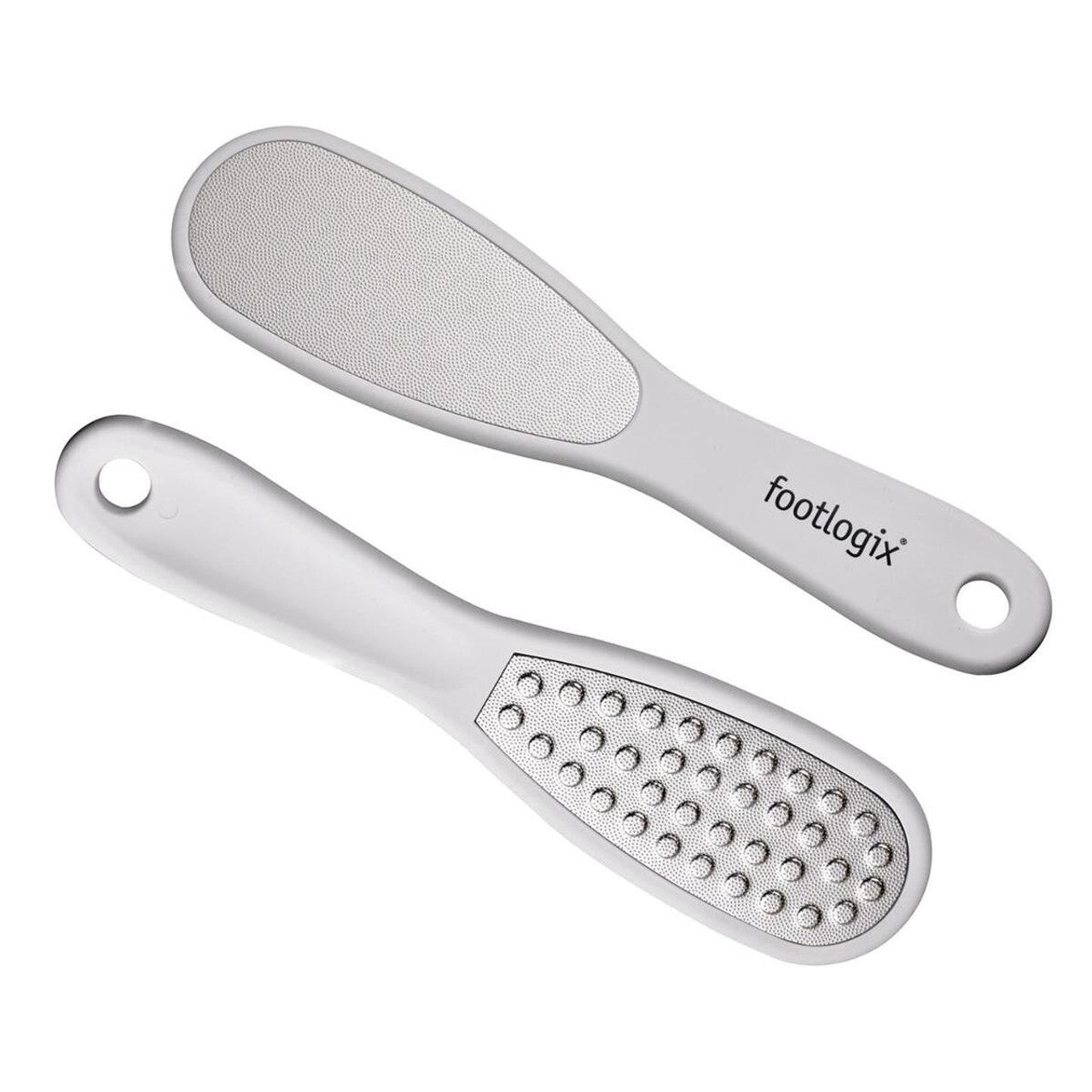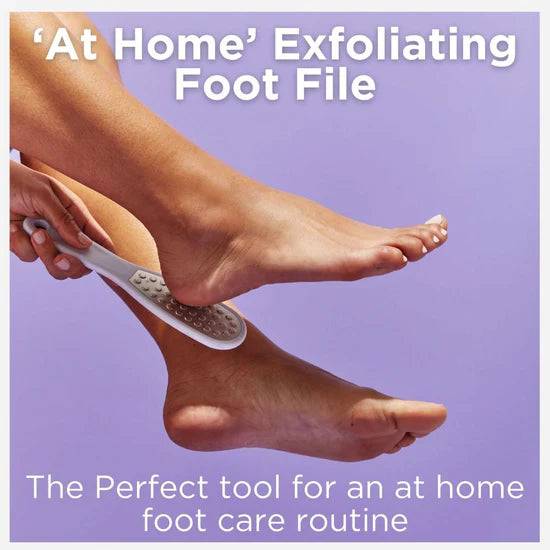Struggling with heavy, tired legs? Here’s why it happens and the best ways to find quick and lasting relief.
Most of us will experience that achy, stiff, and heavy feeling in our legs at some point. It’s hardly surprising—our legs carry us through thousands of steps each day, and our feet absorb more than 600 metric tonnes of force over a lifetime. If your job keeps you on your feet for long hours, or if you’re engaging in intense exercise, you’re even more likely to suffer from tired, heavy legs. One thing is certain: tired legs are hard to ignore, and the discomfort can range from mild annoyance to throbbing pain.
What exactly causes heavy, tired legs? And what’s the best way to treat them? Keep reading to discover the common reasons behind tired legs and the most effective treatments when you’re unsure of the source of your discomfort.
Causes of Heavy, Tired Legs
In most cases, heavy, tired legs are the result of prolonged tension, which leads to fatigue. Overuse - whether from working too hard or simply standing for long periods each day - can contribute to that unmistakable sore, weighted feeling in your legs. On the other hand, underusing your legs (or lack of physical activity in general) can also cause discomfort and lead to painful cramping. Sometimes, though, it’s not that straightforward, and a combination of other factors may be at play.
Here are some of those factors:
Poor Circulation
Tired legs are often linked to issues with blood circulation. Poor circulation particularly affects the legs, as it’s more difficult for blood to flow upwards from the feet to the heart. This can cause blood to pool in the legs, leading to that heavy, tired sensation. People with underlying conditions that cause poor circulation, such as diabetes, often experience swollen, tired legs and ankles by the end of the day.
Varicose Veins
Another common cause of tired, heavy legs related to poor circulation is varicose veins. This fairly common condition affects about 30% of the population and occurs when small, superficial veins lose their elasticity and start to pool blood. This results in enlarged, twisted veins that protrude from the skin. While usually harmless, even mild varicose veins can cause leg tenderness, heaviness, and pain after walking or standing.
Other Underlying Medical Conditions
Low potassium levels in the blood, often due to other health conditions or prescription medications, can cause tired, heavy legs. Pregnancy and obesity can also exacerbate the problem. In more serious cases, tired legs could be a symptom of conditions like multiple sclerosis, which affects the nerves.
How to Relieve Tired Legs: A Solution by Footlogix®

Tired, heavy legs can often be treated at home by focusing on symptom relief. If your job requires you to stand in one position for long periods, try to change your stance frequently. Maintaining a healthy weight and leading an active lifestyle with regular exercise can also help alleviate symptoms. If you often experience leg discomfort due to swelling, reducing your sodium intake can help combat water retention, which can cause leg pain.
Treatments that promote blood flow are particularly effective in providing relief for tired legs. Quitting smoking, elevating your legs, and wearing compression socks can all improve blood circulation, reducing the symptoms of tired legs. However, these treatments often require lifestyle changes, which can be difficult to implement and may take time to produce noticeable results.
For fast and easy relief from heavy, tired legs, try Footlogix® Tired Leg Formula. This unique mousse-based product is specially formulated for the prevention and treatment of tired, heavy legs and promotes healing and better circulation. Using Footlogix®’s patented Dermal Infusion Technology®, this formula deeply penetrates the skin to deliver its active ingredients, including Witch Hazel, known for its vasoactive and anti-inflammatory properties. Witch Hazel also helps with bruising, swelling, and preventing varicose veins. The formula also contains Horse Chestnut to strengthen capillary walls and reduce edema, as well as Urea to lock in moisture.
- People in jobs that require long periods of sitting or standing, such as hairdressers, travel industry workers, and cashiers
- Those seeking relief after a workout
- Anyone who wears compression hosiery
- People with varicose veins
- Diabetics with poor circulation
- Pregnant women
To use, simply massage the Footlogix® Tired Leg Formula into your legs twice daily or as needed. It leaves no greasy residue and won’t break down the fibres in compression hosiery.
Purchase Footlogix® Tired Leg Formula here.
Professionals can also explore the full Footlogix® range and find out more at sweetsquared.com.


